The term "foul smell" may not seem synonymous with fine dining , but some nose-irritating dishes are popular in many cuisines.
Japanese fermentation expert Takeo Koizumi measured the intensity of food odors with a device called an alabaster, and introduced the concept of the alabaster unit, or AU, in his book "Fementation is Power."
AU is not an international unit of odor measurement, so it is used for reference only.
The article below explores the 10 smelliest foods in the world measured in AU, according to Hong Kong newspaper SCMP .
1.Surströmming - 8,070 AU
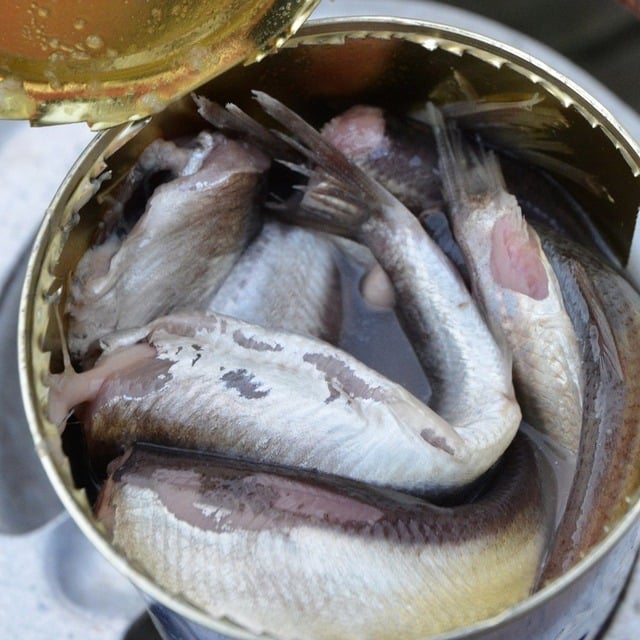
A salted and fermented herring native to Sweden. Its pungent taste comes from herring proteins that ferment in a low-salt environment, creating compounds with a strong odor. Despite its foul odor, gourmets are drawn to its rich flavor.
2.Hongeo-hoe - 6,230 AU
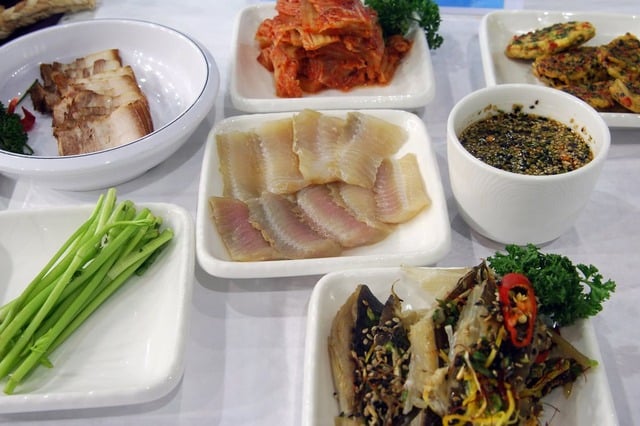
Korean fermented stingray, which smells like ammonia. The stench comes from the urea in the stingray's body, and has been described as reminiscent of an outdoor toilet.
3.Epicure Cheese - 1,870 AU
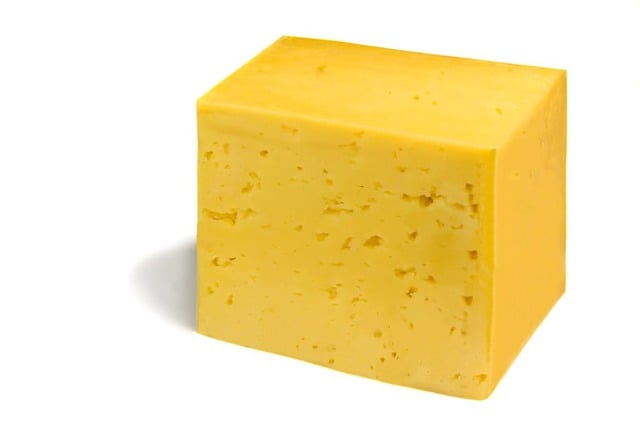
This New Zealand hard cheese typically spends three years aging in wooden barrels. During that time, the lactobacilli bacteria are activated and ferment, causing the cheese to liquefy and release carbon dioxide and hydrogen sulfide, creating a strong rancid smell.
4.Kiviak - 1,370 AU

This is a traditional winter dish of the Inuit people of Greenland, made from young auks, a type of seabird, fermented in seal skins. The process involves packing up to 500 whole auks into a seal skin, removing the air, sealing it with fat and fermenting it for three months. The fermented birds are consumed during the Arctic winter, often at festive occasions such as birthdays and weddings.
5.Kusaya (after baking) - 1,267 AU
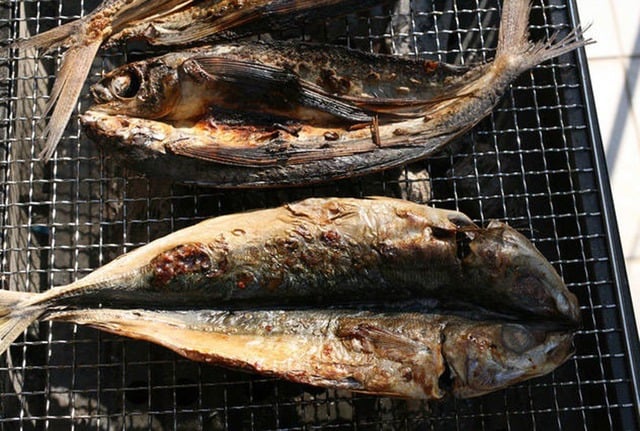
A type of salted, dried, and fermented fish produced in Japan. It is prepared by soaking a type of fish called scad, similar to mackerel or flying fish, in brine, then drying it in the sun. Its characteristic stench comes from the brine, which is made from fermented fish organs and blood mixed with seawater.
Photo: Haccola
6.Funazushi - 486 AU
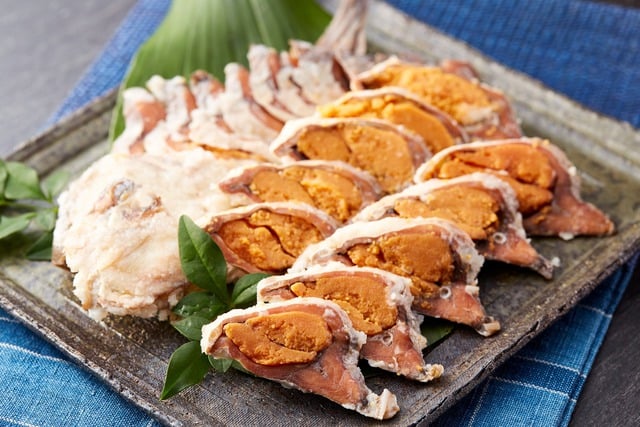
Also from Japan, Funazushi, or stinky sushi, consists of salted fish and rice that are fermented with lactic acid and the fermented rice is discarded, leaving only the fish. The dish is rich in probiotics, minerals and vitamin B1, which is used to supplement energy. Sliced thinly, Funazushi is often served with sake.
7.Natto - 452 AU
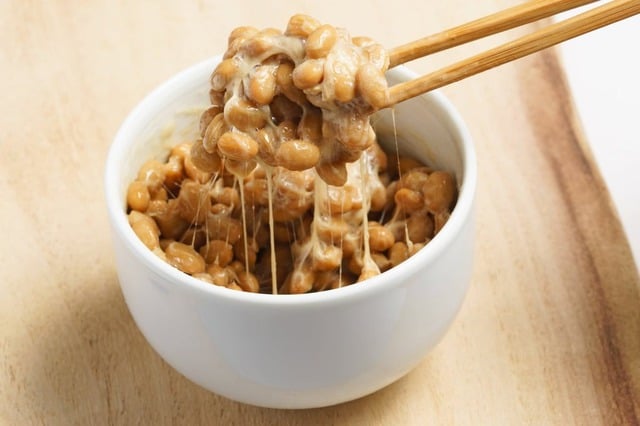
Another popular traditional Japanese fermented food, this nutritious dish is made from soybeans fermented with natto bacteria. It has a strong odor and a sticky texture and is usually eaten cold with rice, mixed with soy sauce or karashi mustard. The history of natto in Japan is said to stretch back over a thousand years.
8.Kusaya (before baking) - 447 AU
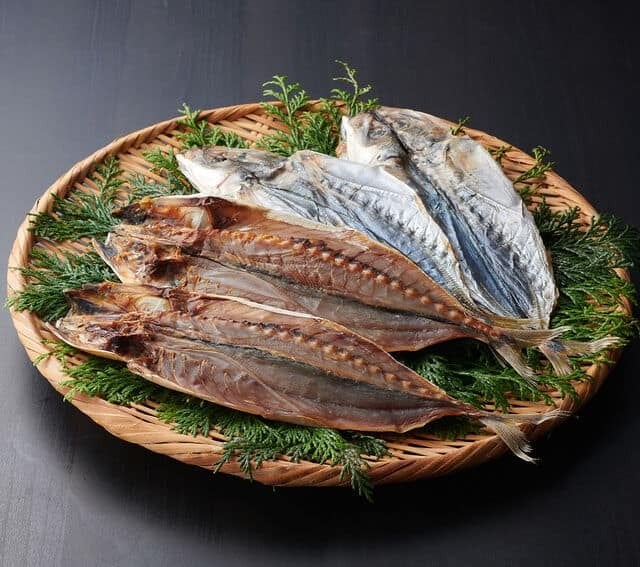
Kusaya has much less of a fishy smell than before it was grilled. This salted, dried, and fermented fish is served with sake or shochu after it has been grilled.
9. Pickled dried radish - 430 AU

This crunchy Japanese delicacy is usually served sliced and colored yellow by the addition of turmeric. Pickled daikon contains more sulfites, which give it a strong odor during fermentation.
10. Stinky Tofu - 420 AU
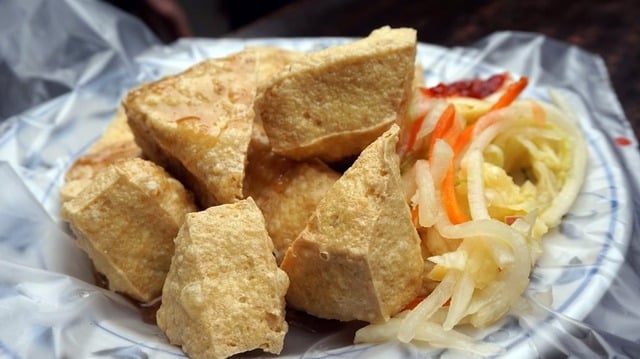
This dish, as its name suggests, is a type of fermented Chinese tofu, commonly sold as a snack in night markets or roadside stalls in mainland China, Hong Kong, and Taiwan. It is also served at lunchtime eateries as a side dish. Traditionally, the tofu is fermented in brine with vegetables and meat for months, while modern versions are marinated for a day or two...
Source: https://thanhnien.vn/10-mon-an-co-mui-hoi-nhat-the-gioi-nhung-lai-la-dac-san-kho-cuong-185250814140214204.htm























![[Photo] “Moving forward with Vietnam” on the most romantic road in Vietnam](https://vphoto.vietnam.vn/thumb/1200x675/vietnam/resource/IMAGE/2025/8/16/0ee500bc59fd4468863261ee26f47fe7)


![[Photo] Prime Minister Pham Minh Chinh talks on the phone with Cambodian Prime Minister Hun Manet](https://vphoto.vietnam.vn/thumb/1200x675/vietnam/resource/IMAGE/2025/8/15/72d3838db8154bafabdadc0a5165677f)

![[Photo] Prime Minister Pham Minh Chinh attends a special art program called "Hanoi - From the historic autumn of 1945"](https://vphoto.vietnam.vn/thumb/1200x675/vietnam/resource/IMAGE/2025/8/15/c1c42655275c40d1be461fee0fd132f3)
![[Photo] General Secretary attends the inauguration ceremony of the Ministry of Public Security Headquarters](https://vphoto.vietnam.vn/thumb/1200x675/vietnam/resource/IMAGE/2025/8/16/3ceec3a24ef945c18ae2b523563b749d)
![[Photo] National Assembly Chairman Tran Thanh Man attends the inauguration ceremony of President Ton Duc Thang Memorial House](https://vphoto.vietnam.vn/thumb/1200x675/vietnam/resource/IMAGE/2025/8/16/23555950872d428a8708a1e2f94cbf59)
![[Photo] Red and yellow stars at the launching ceremony of the program "Moving Forward with Vietnam"](https://vphoto.vietnam.vn/thumb/1200x675/vietnam/resource/IMAGE/2025/8/16/076df6ed0eb345cfa3d1cd1d7591a66f)







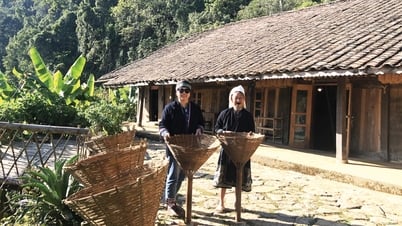






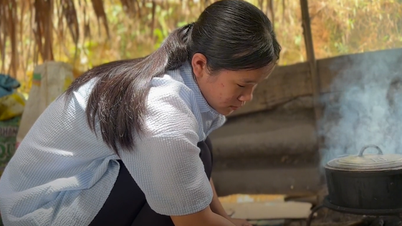




















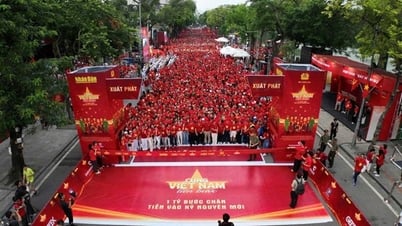






























Comment (0)